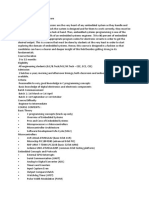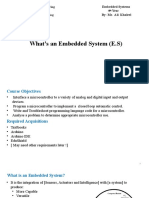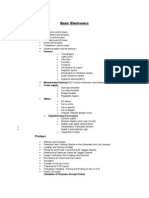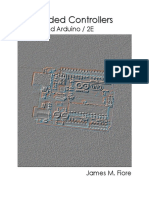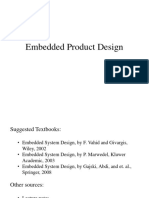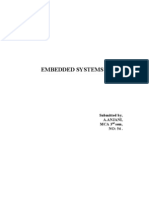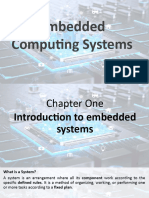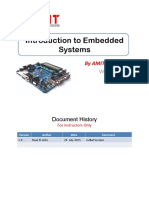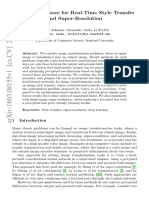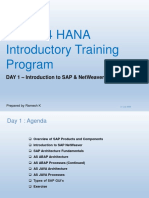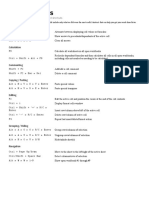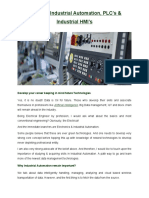0% found this document useful (0 votes)
8 views11 pages1 Microcontroller Basics 1
The document provides an overview of microcontrollers and embedded systems, outlining the necessary prerequisites such as basic digital technology, electronics, and programming knowledge. It explains the roles of microprocessors and microcontrollers, detailing how programming in C or C++ is used to control hardware and manage inputs/outputs. Additionally, it lists essential tools and resources for developing embedded systems, including compilers and electronic kits.
Uploaded by
ashish bhattraiCopyright
© © All Rights Reserved
We take content rights seriously. If you suspect this is your content, claim it here.
Available Formats
Download as PPTX, PDF, TXT or read online on Scribd
0% found this document useful (0 votes)
8 views11 pages1 Microcontroller Basics 1
The document provides an overview of microcontrollers and embedded systems, outlining the necessary prerequisites such as basic digital technology, electronics, and programming knowledge. It explains the roles of microprocessors and microcontrollers, detailing how programming in C or C++ is used to control hardware and manage inputs/outputs. Additionally, it lists essential tools and resources for developing embedded systems, including compilers and electronic kits.
Uploaded by
ashish bhattraiCopyright
© © All Rights Reserved
We take content rights seriously. If you suspect this is your content, claim it here.
Available Formats
Download as PPTX, PDF, TXT or read online on Scribd
/ 11









